Home>Furniture & Design>Living Room Furniture>How Much Weight Can A Recliner Hold
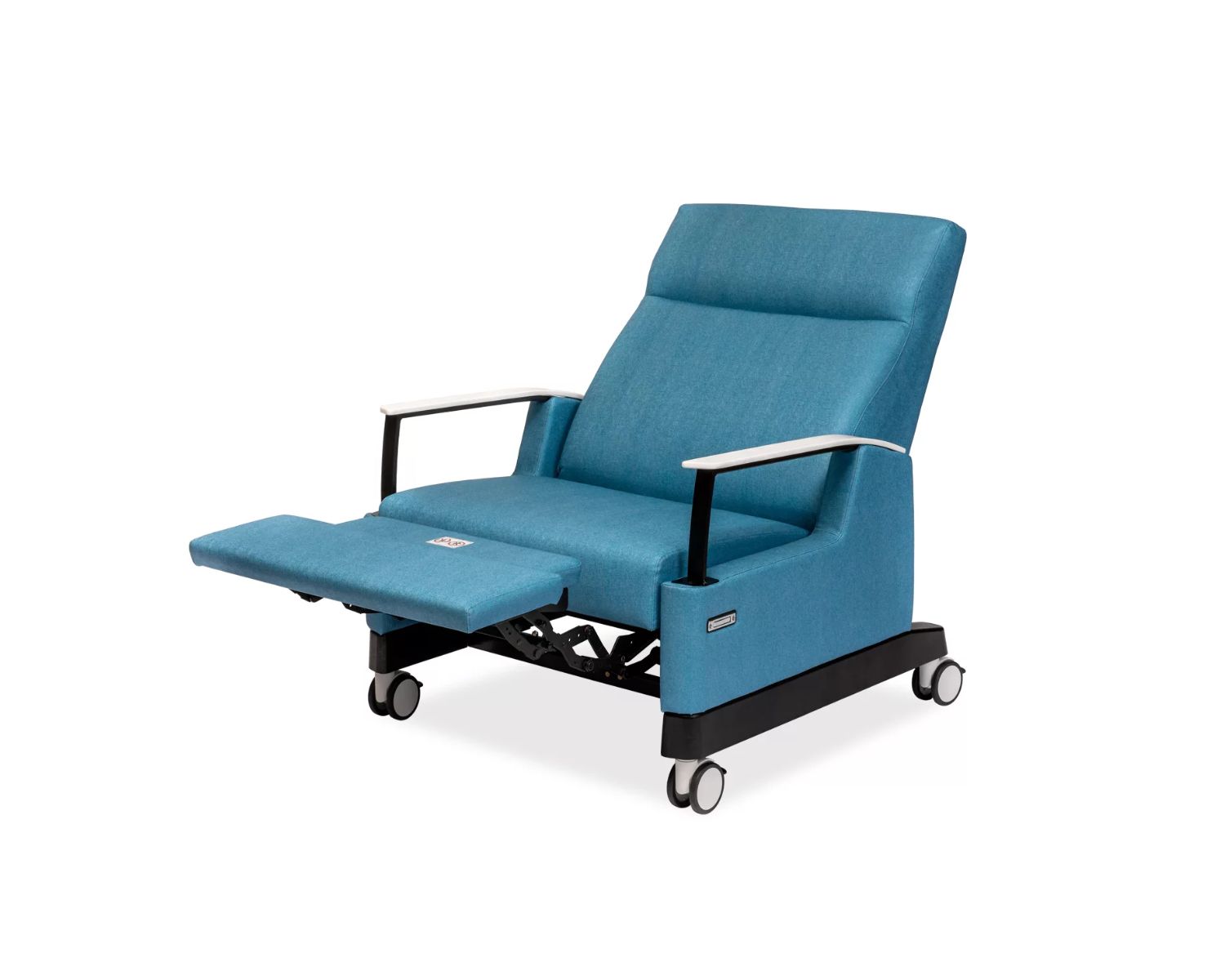

Living Room Furniture
How Much Weight Can A Recliner Hold
Published: February 12, 2024
Discover the weight capacity of recliners and ensure they can support your needs. Explore durable living room furniture and design options.
(Many of the links in this article redirect to a specific reviewed product. Your purchase of these products through affiliate links helps to generate commission for Storables.com, at no extra cost. Learn more)
Introduction
When it comes to selecting the perfect recliner for your living room, there are numerous factors to consider. One of the most crucial aspects is the weight capacity of the recliner. Understanding the weight capacity is essential to ensure that the recliner not only provides comfort but also meets safety standards. Whether you are looking for a cozy spot to unwind after a long day or a comfortable seat to enjoy your favorite movie, the weight capacity of a recliner plays a significant role in determining its suitability for your needs.
The weight capacity of a recliner refers to the maximum amount of weight it can safely support. This factor is particularly important for individuals who may be on the heavier side or those who simply prefer a sturdier and more durable piece of furniture. By delving into the intricacies of weight capacity and the factors that influence it, you can make an informed decision when choosing a recliner that not only complements your living room decor but also provides the necessary support for your body type.
Understanding the weight capacity of a recliner involves exploring various elements, such as the materials used in its construction, the design of its frame, and the type of mechanisms employed for reclining. Additionally, it is essential to consider your own weight and any potential variations, such as if you plan to share the recliner with a partner or pet. By taking these factors into account, you can ensure that the chosen recliner not only meets your current needs but also accommodates any potential changes in usage over time.
In the following sections, we will delve deeper into the concept of weight capacity, explore the factors that can influence it, and provide valuable insights to help you select the right recliner based on your specific requirements. Whether you are seeking a plush recliner for relaxation or a stylish addition to your living room, understanding the weight capacity is a crucial step in making an informed and satisfying purchase.
Key Takeaways:
- Choose a recliner with a weight capacity that exceeds your body weight to ensure safety and durability. Look for sturdy frames, reliable reclining mechanisms, and high-quality upholstery for optimal comfort and support.
- Understanding the weight capacity of a recliner is crucial for a safe and comfortable seating experience. Consider factors like frame material, reclining mechanisms, and manufacturer specifications to select the perfect recliner for your weight.
Read more: How Much Weight Can Attic Hold
Understanding Weight Capacity
Understanding the weight capacity of a recliner is fundamental to ensuring its suitability for your needs. The weight capacity refers to the maximum amount of weight that a recliner can safely support. This factor is crucial for individuals of varying body types, as well as for those who may share the recliner with others. When evaluating the weight capacity of a recliner, it is essential to consider not only the weight of the primary user but also any potential variations, such as the inclusion of pets or the possibility of sharing the seat with a partner.
Recliners are designed to provide comfort and support, and the weight capacity directly influences their ability to do so effectively. The weight capacity is determined by various factors, including the materials used in the construction of the recliner, the design of its frame, and the type of mechanisms employed for reclining. These elements collectively contribute to the overall strength and durability of the recliner, dictating the maximum weight it can accommodate.
Furthermore, understanding the weight capacity of a recliner involves considering the distribution of weight. While the total weight of the user is important, the distribution of this weight across the recliner's surface area also plays a significant role. This is particularly relevant for individuals who may have specific weight distribution patterns or those who require additional support in certain areas.
In addition to the physical aspects of weight capacity, it is essential to recognize the safety implications associated with exceeding the specified weight limit of a recliner. Overloading a recliner can compromise its structural integrity, leading to potential hazards and a diminished lifespan of the furniture. By understanding the weight capacity and adhering to its limitations, users can ensure a safe and comfortable experience while using the recliner.
Ultimately, comprehending the weight capacity of a recliner empowers individuals to make informed decisions when selecting furniture that aligns with their specific needs and preferences. Whether seeking a recliner for relaxation, therapeutic purposes, or simply as a stylish addition to the living room, understanding the weight capacity is a crucial step in ensuring that the chosen recliner not only meets current requirements but also accommodates any potential changes in usage over time.
Factors Affecting Weight Capacity
The weight capacity of a recliner is influenced by several key factors, each of which plays a significant role in determining the maximum weight the recliner can safely support. Understanding these factors is essential for individuals seeking a recliner that not only provides comfort but also meets their specific weight-related requirements.
1. Frame Material and Construction
The material and construction of the recliner's frame are primary determinants of its weight capacity. Recliners crafted from high-quality, durable materials such as hardwood or steel tend to have higher weight capacities. The structural integrity of the frame, including the joints and reinforcements, directly impacts the recliner's ability to support heavier weights without compromising safety or comfort.
2. Reclining Mechanisms
The type of reclining mechanisms employed in a recliner can influence its weight capacity. Recliners equipped with robust, reliable mechanisms designed to distribute weight evenly are better suited to support heavier individuals. Additionally, the quality and durability of the reclining mechanisms contribute to the overall stability and weight-bearing capacity of the recliner.
Read more: How Much Weight Can A Ladder Hold
3. Upholstery and Cushioning
The upholstery and cushioning of a recliner play a crucial role in determining its weight capacity. High-quality, dense foam and resilient upholstery materials contribute to the overall support and durability of the recliner, enabling it to accommodate higher weights while maintaining comfort and structural integrity. The design and construction of the cushions also impact weight distribution and the recliner's ability to provide adequate support.
4. Design and Engineering
The overall design and engineering of the recliner, including factors such as the shape of the frame, the distribution of support points, and the inclusion of additional reinforcement, significantly influence its weight capacity. Well-engineered recliners with thoughtful design considerations are better equipped to withstand heavier loads while ensuring stability and comfort for users of varying body types.
5. Manufacturer Specifications
The weight capacity of a recliner is often specified by the manufacturer based on rigorous testing and evaluation. Adhering to the manufacturer's specified weight limit is crucial for ensuring the safety and longevity of the recliner. Manufacturers consider various factors, including those mentioned above, to determine the maximum weight capacity of their recliner models, providing users with essential guidance for selecting the most suitable option based on their weight-related needs.
By considering these factors, individuals can make informed decisions when choosing a recliner that aligns with their specific weight capacity requirements. Whether seeking a recliner for relaxation, therapeutic purposes, or simply as a stylish addition to the living room, understanding the factors affecting weight capacity is essential for selecting a durable, supportive, and comfortable piece of furniture.
Choosing the Right Recliner for Your Weight
When it comes to selecting a recliner that is well-suited to your weight and provides optimal comfort, several considerations come into play. Understanding the specific factors that influence the suitability of a recliner for your weight is essential for making a well-informed decision. By taking these factors into account, you can ensure that the chosen recliner not only meets your weight-related requirements but also delivers the desired level of support and comfort.
Read more: How Much Weight Can A Ceiling Fan Hold
1. Weight Capacity
The first and most crucial aspect to consider when choosing a recliner for your weight is its weight capacity. This refers to the maximum amount of weight that the recliner can safely support. It is imperative to select a recliner with a weight capacity that exceeds your body weight to ensure safety and durability. By adhering to the specified weight limit, you can avoid potential structural issues and enjoy a comfortable seating experience without concerns about the recliner's ability to support your weight.
2. Frame and Construction
The material and construction of the recliner's frame play a significant role in determining its suitability for individuals of varying weights. Opt for recliners with sturdy frames constructed from high-quality materials such as hardwood or steel. Additionally, consider the design and engineering of the frame, including reinforcements and support points, to ensure that it can effectively accommodate your weight while maintaining stability and durability.
3. Reclining Mechanisms
The type and quality of the reclining mechanisms are essential considerations when selecting a recliner based on your weight. Look for recliners equipped with robust, reliable mechanisms designed to distribute weight evenly and withstand heavier loads. The durability and functionality of the reclining mechanisms directly impact the recliner's ability to provide adequate support and comfort for individuals of varying body types.
4. Upholstery and Cushioning
The upholstery and cushioning of the recliner are crucial for ensuring comfort and support, especially for individuals with specific weight-related requirements. Choose recliners with high-quality, dense foam and resilient upholstery materials that can effectively distribute weight and provide the necessary support. The design and construction of the cushions also play a significant role in accommodating varying body weights while maintaining comfort and structural integrity.
5. Manufacturer Specifications
Always refer to the manufacturer's specifications regarding weight capacity and suitability for individuals of different weights. Manufacturers conduct rigorous testing and evaluation to determine the maximum weight capacity of their recliner models, providing essential guidance for selecting the most suitable option based on your weight-related needs.
By considering these factors and conducting thorough research, you can confidently choose a recliner that aligns with your specific weight-related requirements. Whether you seek a recliner for relaxation, therapeutic purposes, or as a stylish addition to your living room, selecting the right recliner for your weight ensures a comfortable and supportive seating experience.
Conclusion
In conclusion, the weight capacity of a recliner is a pivotal consideration when selecting the perfect piece of furniture for your living room. Understanding the weight capacity, its influencing factors, and the implications for your specific weight-related requirements is essential for making an informed and satisfying purchase.
By delving into the intricacies of weight capacity, individuals can ensure that the chosen recliner not only provides comfort but also meets safety standards. Factors such as the frame material and construction, reclining mechanisms, upholstery and cushioning, and the overall design and engineering of the recliner collectively contribute to its weight capacity. Adhering to the manufacturer's specified weight limit is crucial for ensuring the safety and longevity of the recliner.
When choosing a recliner for your weight, it is imperative to consider the weight capacity, frame and construction, reclining mechanisms, upholstery and cushioning, and manufacturer specifications. By taking these factors into account, individuals can confidently select a recliner that aligns with their specific weight-related requirements, ensuring a comfortable and supportive seating experience.
Whether seeking a plush recliner for relaxation, therapeutic purposes, or simply as a stylish addition to the living room, understanding the weight capacity is a crucial step in ensuring that the chosen recliner not only meets current needs but also accommodates any potential changes in usage over time. By making informed decisions based on these considerations, individuals can enjoy the benefits of a durable, supportive, and comfortable piece of furniture that enhances their living space.
In essence, the weight capacity of a recliner goes beyond mere numbers; it embodies the assurance of safety, the promise of comfort, and the foundation of durability. By embracing the significance of weight capacity and its related factors, individuals can embark on a journey to discover the perfect recliner that not only complements their living room decor but also provides the necessary support for their body type.
Frequently Asked Questions about How Much Weight Can A Recliner Hold
Was this page helpful?
At Storables.com, we guarantee accurate and reliable information. Our content, validated by Expert Board Contributors, is crafted following stringent Editorial Policies. We're committed to providing you with well-researched, expert-backed insights for all your informational needs.



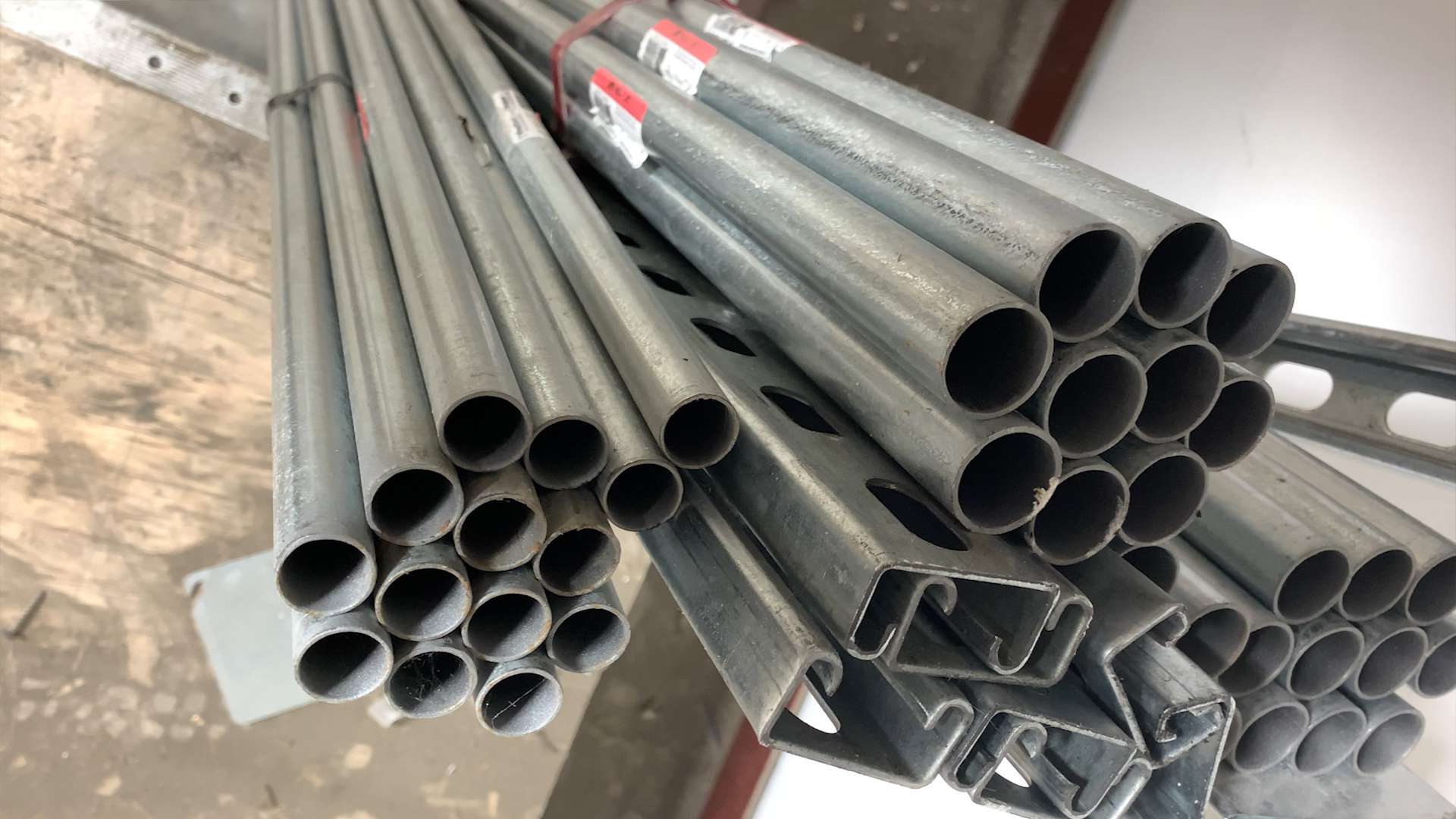

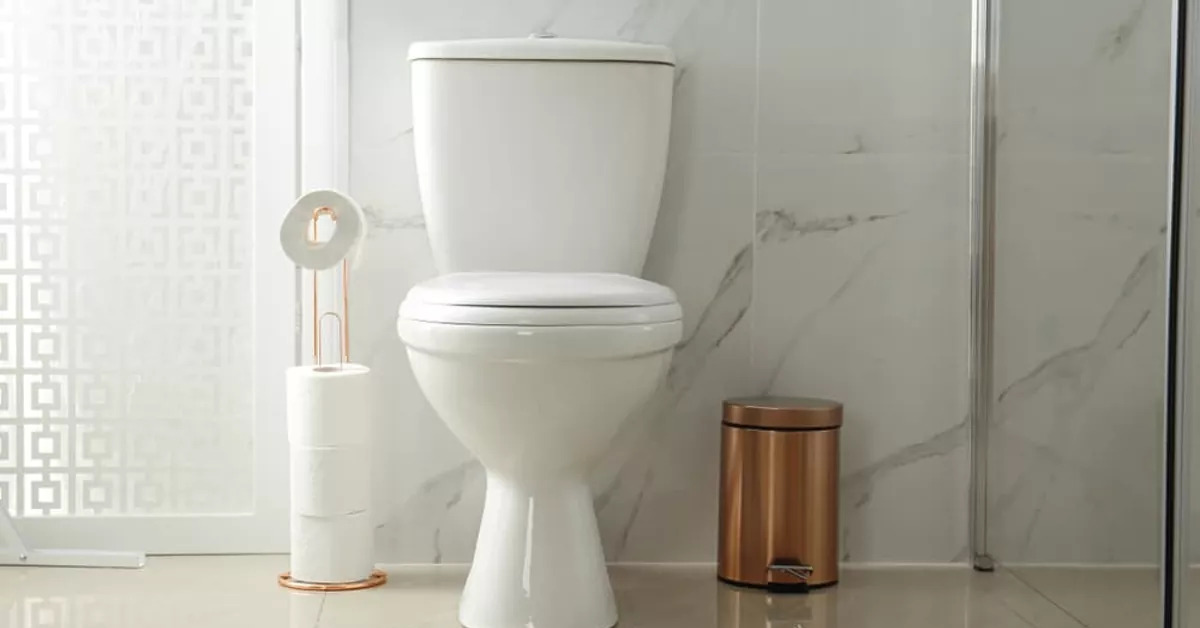
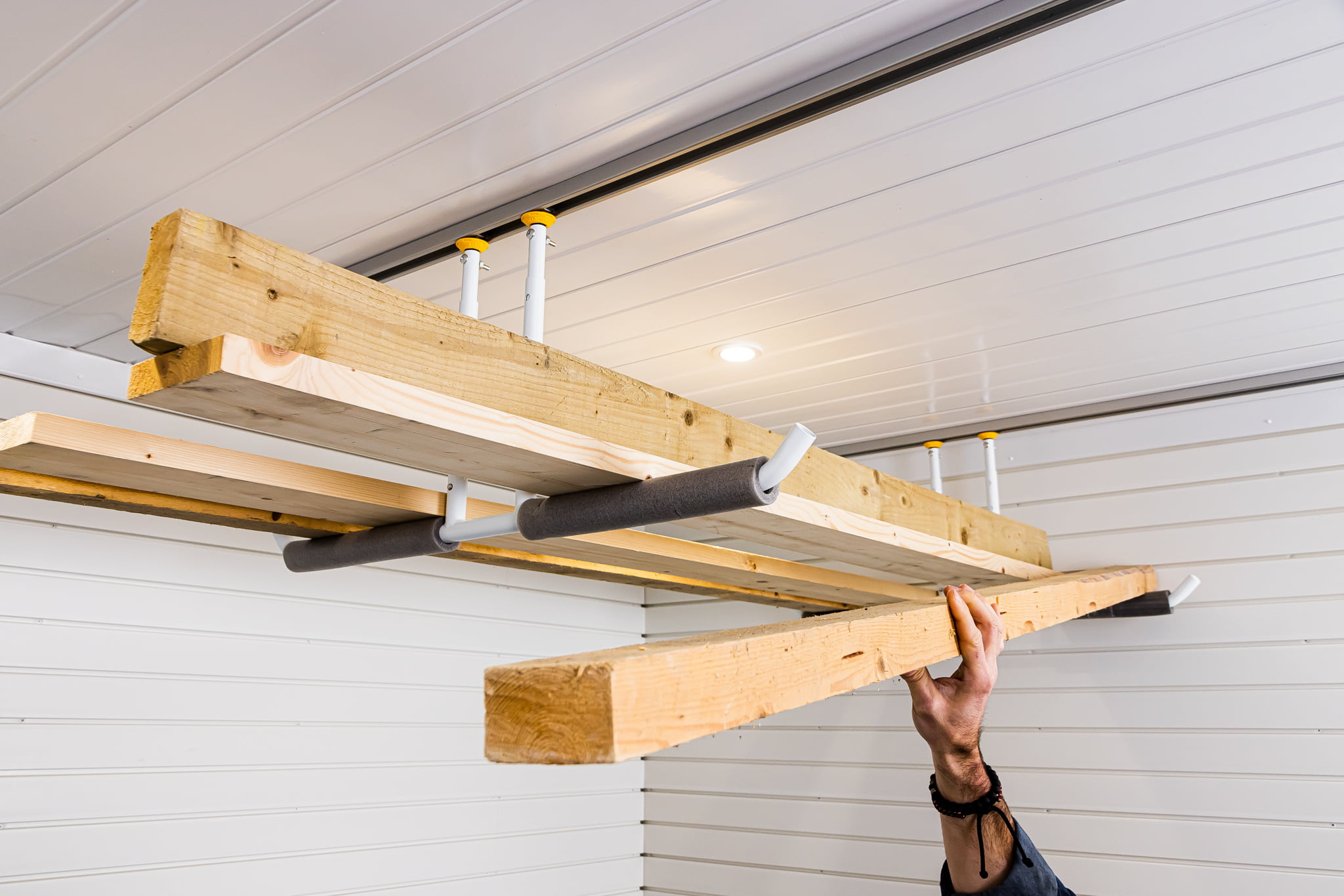


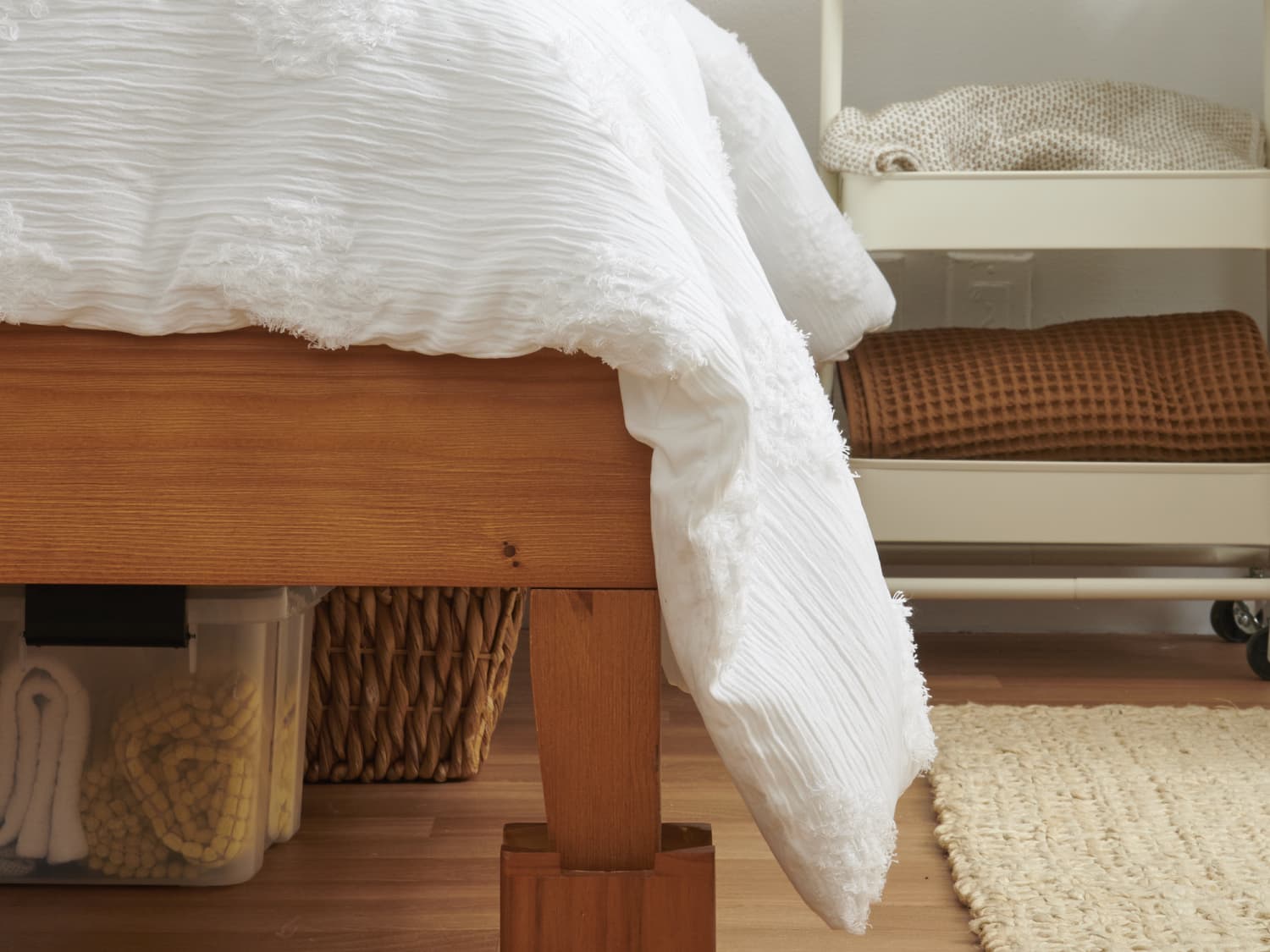



0 thoughts on “How Much Weight Can A Recliner Hold”